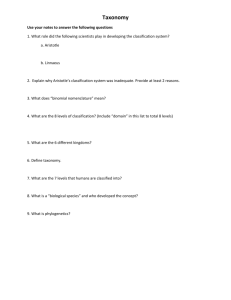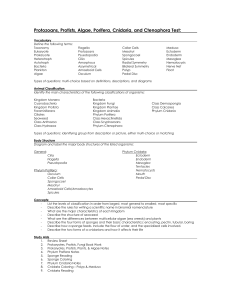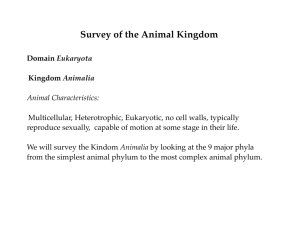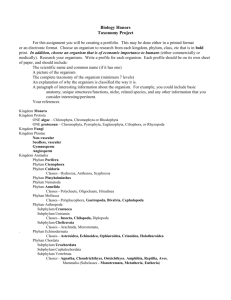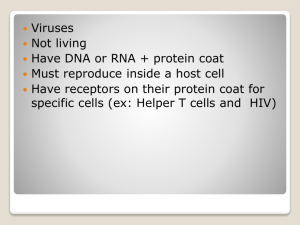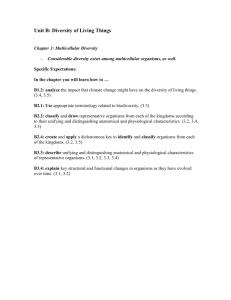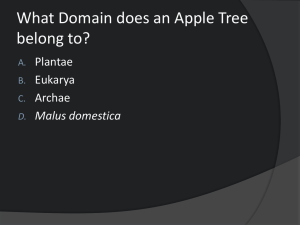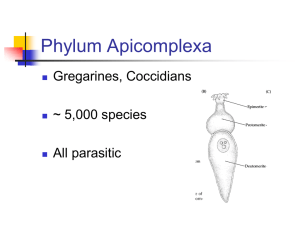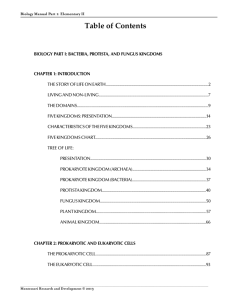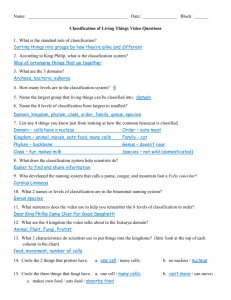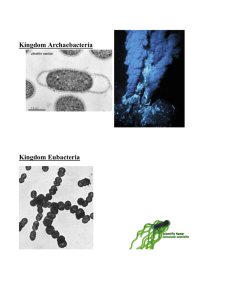Introduction to Botany
advertisement
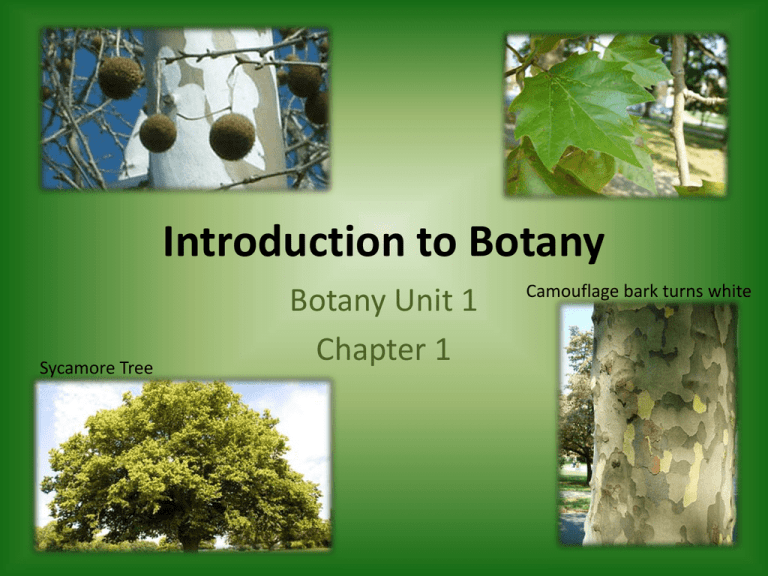
Introduction to Botany Sycamore Tree Botany Unit 1 Chapter 1 Camouflage bark turns white What is Botany? • Botany – the scientific study of plants – AKA “plant biology” • Botanists study: – – – – – – Origin Diversity Structure Internal process of plants Relationships with other organisms Relationships with nonliving physical environment Types of Botanists • Bryologists – study mosses • Agronomists – study field crops and soils • Horticulturists – study ornamental plants, fruits, and vegetable crops • Forester – study forest conservation and forest products • Economic Botanists – study plants with commercial importance Plants provide • Oils and lubricants • Perfumes and fragrances • Dyes • Paper • Lumber • Waxes • Fibers • Rubber and other elastics • Resins • Poisons • Cork • Medicines • Foods & Spices Only 330,000 different species of plants known – Only 5,000 evaluated for potential usefulness Spices & Herbs • Spices – the barks, roots, seeds, or fruits of plants from tropical regions – Uses: • Ginger to treat diabetes • Cinnamon oil – to treat toothaches • Herbs – the leaves of plants from temperate regions Taxol • One of the most effective drugs against cancer • Obtained from the bark of the pacific yew 7 Characteristics of Living Things 1. 2. 3. 4. 5. 6. Complex organization (made up of 1+ cells) Metabolism - Take in and use energy Responsiveness - respond to environmental stimuli Growth Reproduce (sexually or asexually) Contain Genetic Information - Deoxyribonucleic Acid – DNA is the molecule that transmits genetic information from one generation to the next 7. Evolve – change as a population/adapt to survive in changing environments Do plants do all of these things? 12 Levels of Organization 1. Atoms –the smallest particle of an element that possesses the properties of that element 2. Molecule – 2 or more atoms 3. Macromolecule – ex. Proteins, nucleic acids, lipids 4. Organelle – “little organs” of cells 5. Cell – basic functional and structural unit of life 6. Tissue – associations of cells that perform specific functions See page 9 12 Levels of Organization 7. Organ –functional units that perform specific roles 8. Organism – distinct living entities 9. Population- a group of the same species that live in the same area at the same time 10. Community – all the populations of different organisms that live and interact within an area 11. Ecosystem – a community together with its non-living environment 12. Biosphere – Earth’s collective ecosystems & their relationships with Earth’s physical environment Taxonomic Categories Domain Kingdom Phylum Class Order Family Genus Species Dumb Kids Prefer Candy Over Fresh Green Salad Taxonomical Organization Domain Eukarya Kingdom Protista Kingdom Fungi Kingdom Plantae Kingdom Animalia Domain Eubacteria Domain Archaea Kingdom Bacteria Kingdom Archaea Major Phyla of the Plant Kingdom • • • • • • • • Phylum Anthophyta (Angiosperms) Phylum Confiferophyta (Conifers) Phylum Ginkgophyta (Ginkgos) Phylum Gnetophyta (Gnetophytes) Phylum Cycadophyta (Cycads) Phylum Pterophyta (Ferns) Phylum Lycopodiophyta (Club Mosses/Quillworts) Phylum Bryophyta (Mosses) The Scientific Method Ask a Question/Make an Observation Hypothesis Research Experiment Analyze Support or Refute Communicate Results An experiment must have a control • Variables – factors that are changed – Examples: • • • • Time Color Size Temperature • Controls – Factors that are the same for both experiments Controlled vs. Uncontrolled Experiments • Controlled experiment –(preferred) – Has only 1 variable Main experiment – conditions are altered in one way Controlled experiment - an experiment that is identical to the main experiment in all respects except that conditions are not altered • Uncontrolled experiment – Has more than 1 variable
